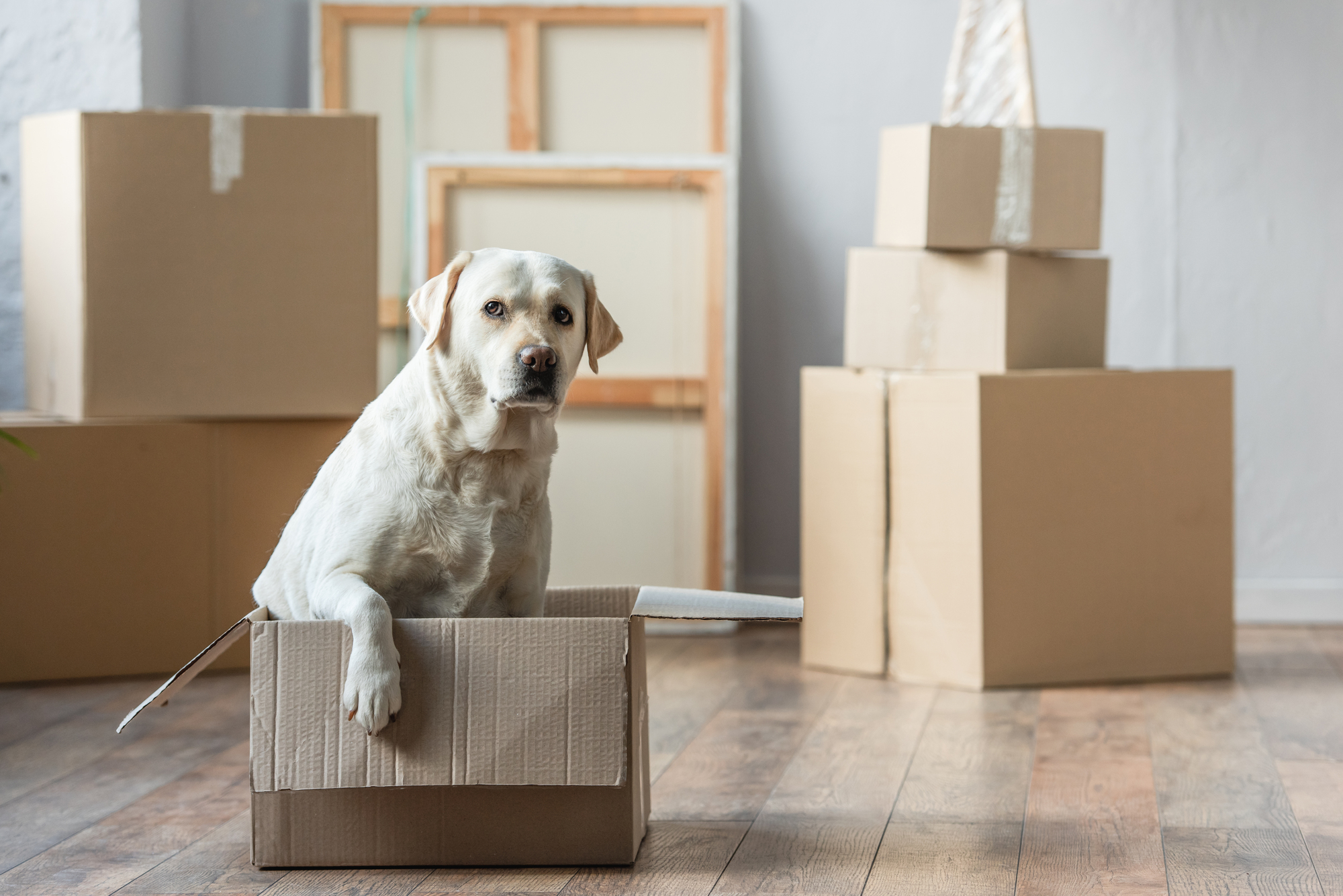Homeowners often feel frazzled as moving day approaches – it’s not easy to relax when you’re surrounded by boxes. For pets, moving is especially stressful. They don’t know why you’re putting all those things into boxes and scooting furniture around. But you can help minimize stress for pets when you do the following:
Acclimate them to crates and cars
Some dogs love riding in the car. Cats, however, don’t appreciate car rides or being stuffed into a cat carrier. The act of getting a cat into a carrier can be traumatic for both pet and owner, which generally results in a cat being anxious before even entering a vehicle. Practice your cat-wrangling skills in advance of your move, putting your cat into the carrier for a few minutes at a time, then letting it out and giving it a treat.
In the months leading up to your move, acclimate anxious pets to the car, taking them for short drives around the block. They may eventually realize that riding in the car isn’t the end of the world.
Put them somewhere safe
On moving day, the best place for cats is in the room that will be moved last, with the door closed. Put a few empty cardboard boxes in the room to serve as cozy hiding places, so cats will feel more secure.
Dogs generally want to be where the action is and maybe more anxious when confined to a room. Consider sending the dog off to a friend’s or relative’s house for the day.
Whether you have a cat or dog, if they’re roaming freely throughout the house during your move, they might try to escape w hen the door opens, or they may dart into your path and inadvertently trip you.
hen the door opens, or they may dart into your path and inadvertently trip you.
Introduce them to their new home
Cats are often overwhelmed by new spaces, so introduce them to their new home gradually – first, putting them in a quiet room for a few hours or a day, then opening the door slightly, so they can explore when they’re ready.
Dogs adapt more easily to a new home, but before you let them loose in the backyard, walk around the yard with them to look for any hazards you might not know about, like a hole in the fence,
or objects you wouldn’t want your dog to have.
With lots of patience and affection (and treats), you can help your pets transition to their new home.

